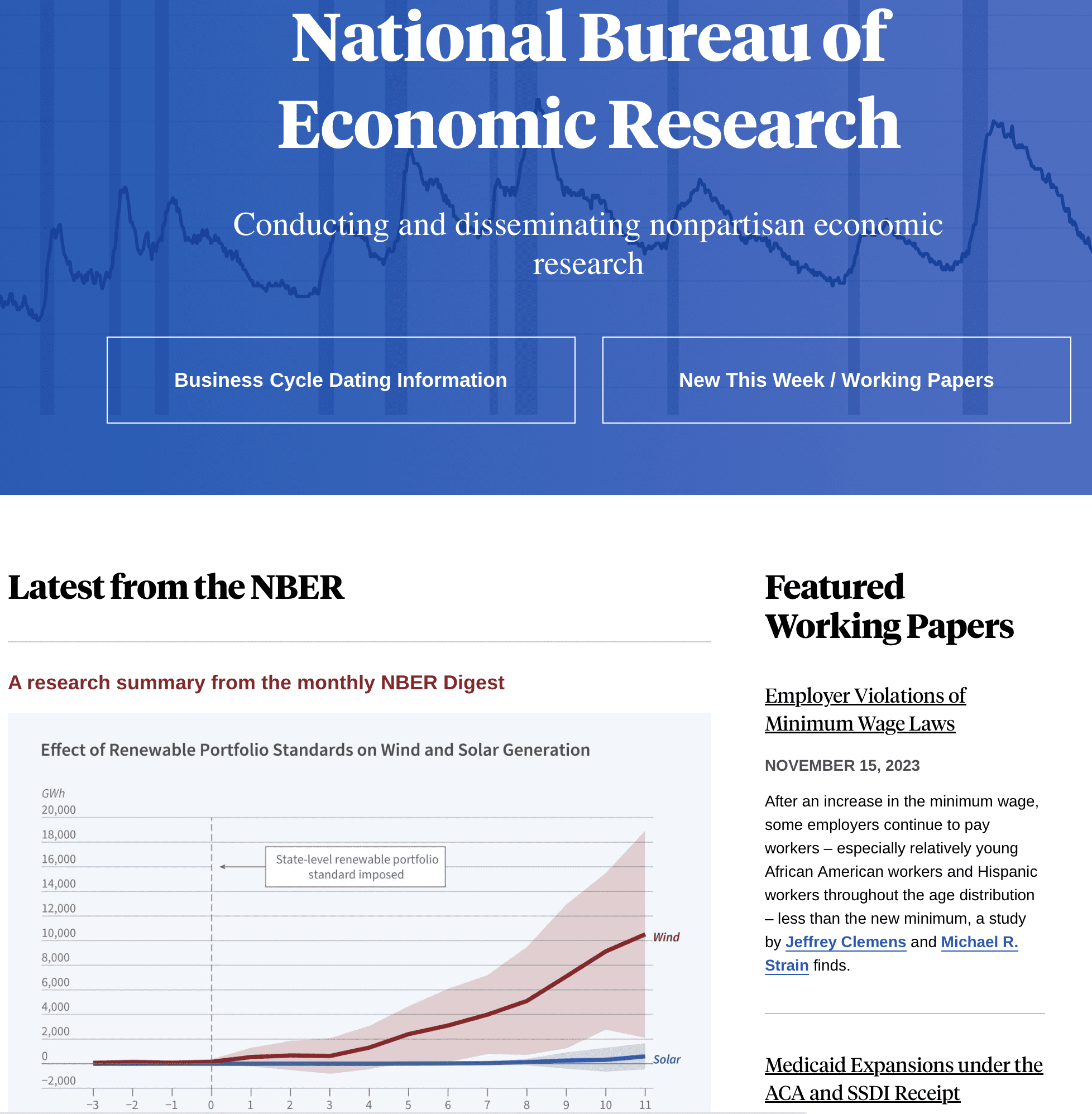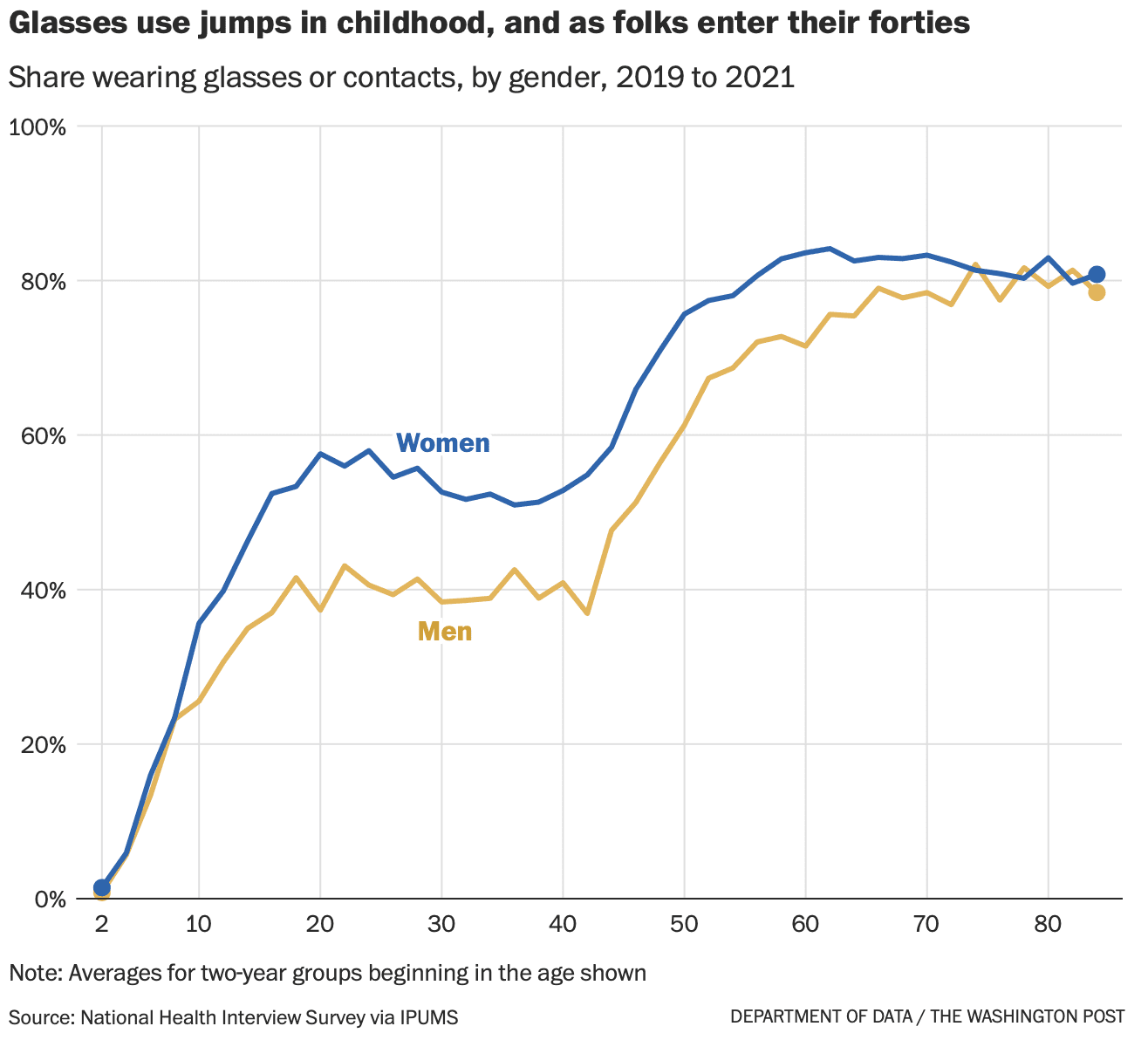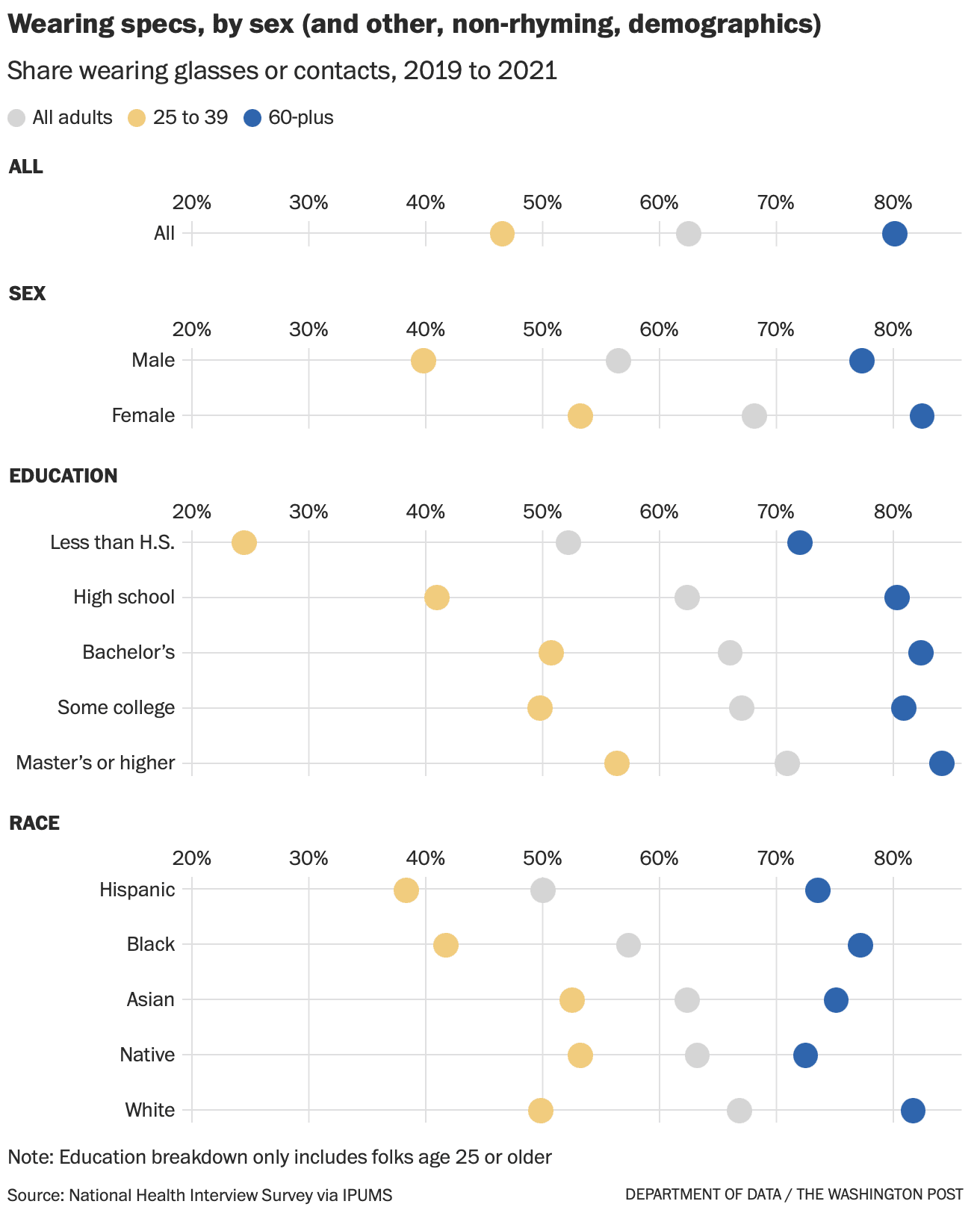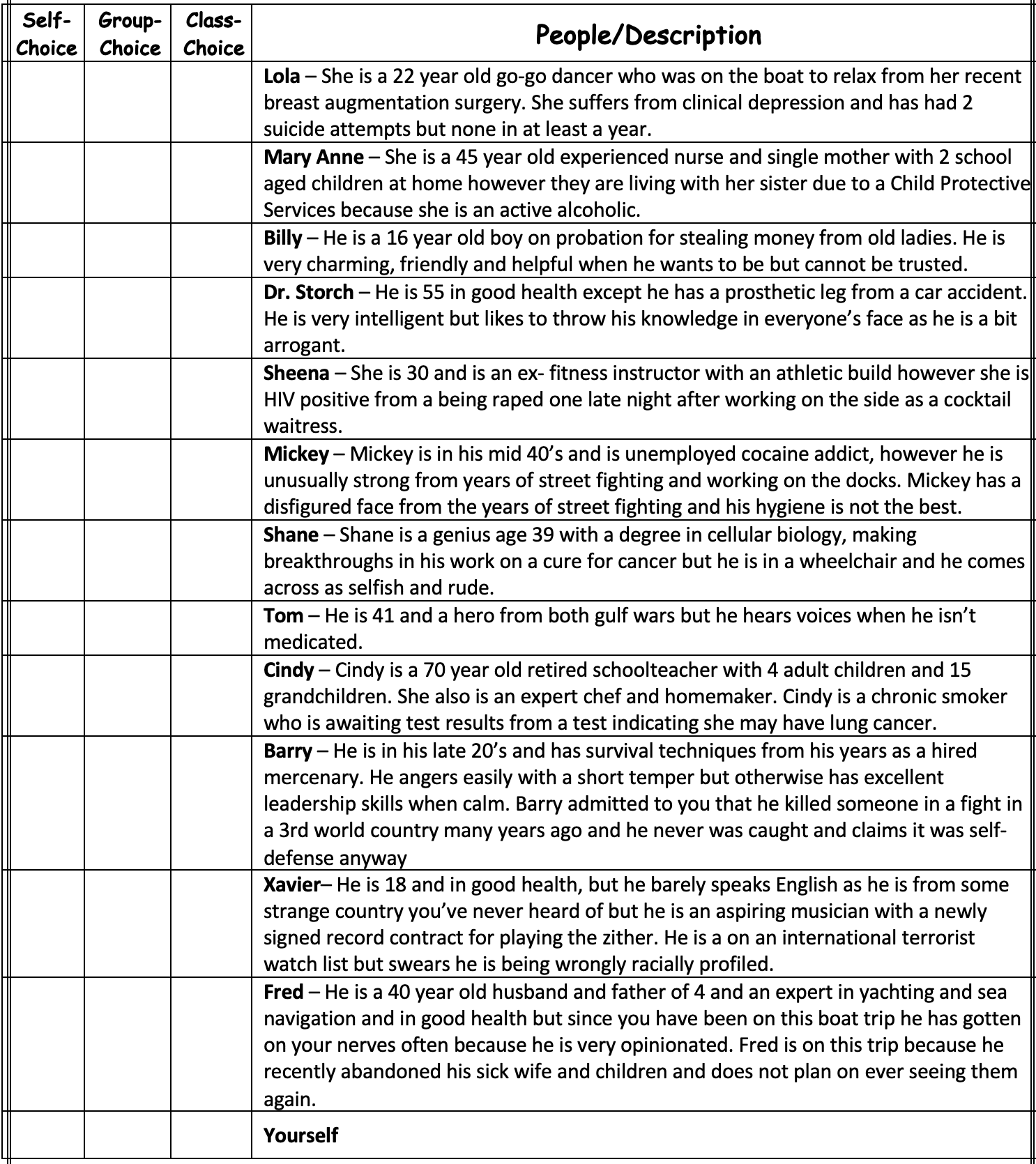I want to follow up on a suggestion from a few years ago:
In judo, before you learn the cool moves, you first have to learn how to fall. Maybe we should be training researchers, journalists, and public relations professionals the same way. First learn about Judith Miller and Thomas Friedman, and only when you get that lesson down do you get to learn about Woodward and Bernstein.
Martha in comments modified my idea:
Yes! But I’m not convinced that “First learn about Judith Miller and Thomas Friedman, and only when you get that lesson down do you get to learn about Woodward and Bernstein” or otherwise learning about people is the way to go. What is needed is teaching that involves lots of critiquing (especially by other students), with the teacher providing guidance (e.g., criticize the work or the action, not the person; no name calling; etc.) so students learn to give and accept criticism as a normal part of learning and working.
I responded:
Yes, learning in school involves lots of failure, getting stuck on homeworks, getting the wrong answer on tests, or (in grad school) having your advisor gently tone down some of your wild research ideas. Or, in journalism school, I assume that students get lots of practice in calling people and getting hung up on.
So, yes, students get the experience of failure over and over. But the message we send, I think, is that once you’re a professional it’s just a series of successes.
Another commenter pointed to this inspiring story from psychology researchers Brian Nosek, Jeffrey Spies, and Matt Motyl, who ran an experiment, thought they had an exciting result, but, just to be sure, they tried a replication and found no effect. This is a great example of how to work and explore as a scientist.
Background
Scientific research is all about discovery of the unexpected: to do research, you need to be open to new possibilities, to design experiments to force anomalies, and to learn from them. The sweet spot for any researcher is at Cantor’s corner.
Buuuut . . . researchers are also notorious for being stubborn. In particular, here’s a pattern we see a lot:
– Research team publishes surprising result A based on some “p less than .05” empirical results.
– This publication gets positive attention and the researchers and others in their subfield follow up with open-ended “conceptual replications”: related studies that also attain the “p less than .05” threshold.
– Given the surprising nature of result A, it’s unsurprising that other researchers are skeptical of A. The more theoretically-minded skeptics, or agnostics, demonstrate statistical reasons why these seemingly statistically-significant results can’t be trusted. The more empirically-minded skeptics, or agnostics, run preregistered replications studies, which fail to replicate the original claim.
– At this point, the original researchers do not apply the time-reversal heuristic and conclude that their original study was flawed (forking paths and all that). Instead they double down, insist their original findings are correct, and they come up with lots of little explanations for why the replications aren’t relevant to evaluating their original claims. And they typically just ignore or brush aside the statistical reasons why their original study was too noisy to ever show what they thought they were finding.
I’ve conjectured that one reason scientists often handle criticism in such scientifically-unproductive ways is . . . the peer-review process, which goes like this:
As scientists, we put a lot of effort into writing articles, typically with collaborators: we work hard on each article, try to get everything right, then we submit to a journal.
What happens next? Sometimes the article is rejected outright, but, if not, we’ll get back some review reports which can have some sharp criticisms: What about X? Have you considered Y? Could Z be biasing your results? Did you consider papers U, V, and W?
The next step is to respond to the review reports, and typically this takes the form of, We considered X, and the result remained significant. Or, We added Y to the model, and the result was in the same direction, marginally significant, so the claim still holds. Or, We adjusted for Z and everything changed . . . hmmmm . . . we then also though about factors P, Q, and R. After including these, as well as Z, our finding still holds. And so on.
The point is: each of the remarks from the reviewers is potentially a sign that our paper is completely wrong, that everything we thought we found is just an artifact of the analysis, that maybe the effect even goes in the opposite direction! But that’s typically not how we take these remarks. Instead, almost invariably, we think of the reviewers’ comments as a set of hoops to jump through: We need to address all the criticisms in order to get the paper published. We think of the reviewers as our opponents, not our allies (except in the case of those reports that only make mild suggestions that don’t threaten our hypotheses).
When I think of the hundreds of papers I’ve published and the, I dunno, thousand or so review reports I’ve had to address in writing revisions, how often have I read a report and said, Hey, I was all wrong? Not very often. Never, maybe?
Where we’re at now
As scientists, we see serious criticism on a regular basis, and we’re trained to deal with it in a certain way: to respond while making minimal, ideally zero, changes to our scientific claims.
That’s what we do for a living; that’s what we’re trained to do. We think of every critical review report as a pain in the ass that we have to deal with, not as a potential sign that we screwed up.
So, given that training, it’s perhaps little surprise that when our work is scrutinized in post-publication review, we have the same attitude: the expectation that the critic is nitpicking, that we don’t have to change our fundamental claims at all, that if necessary we can do a few supplemental analyses and demonstrate the robustness of our findings to those carping critics.
How to get to a better place?
How can this situation be improved? I’m not sure. In some ways, things are getting better: the replication crisis has happened, and students and practitioners are generally aware that high-profile, well-accepted findings often do not replicate. In other ways, though, I fear we’re headed in the wrong direction: students are now expected to publish peer-reviewed papers throughout grad school, so right away they’re getting on the minimal-responses-to-criticism treadmill.
It’s not clear to me how to best teach people how to fall before they learn fancy judo moves in science.









